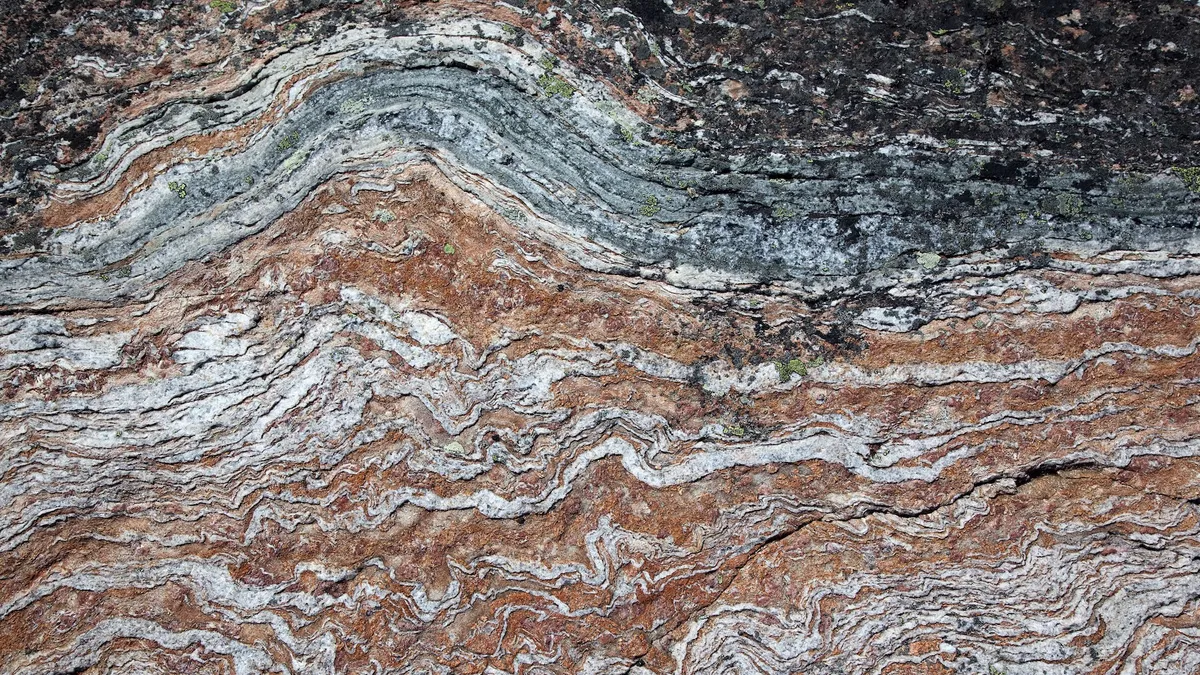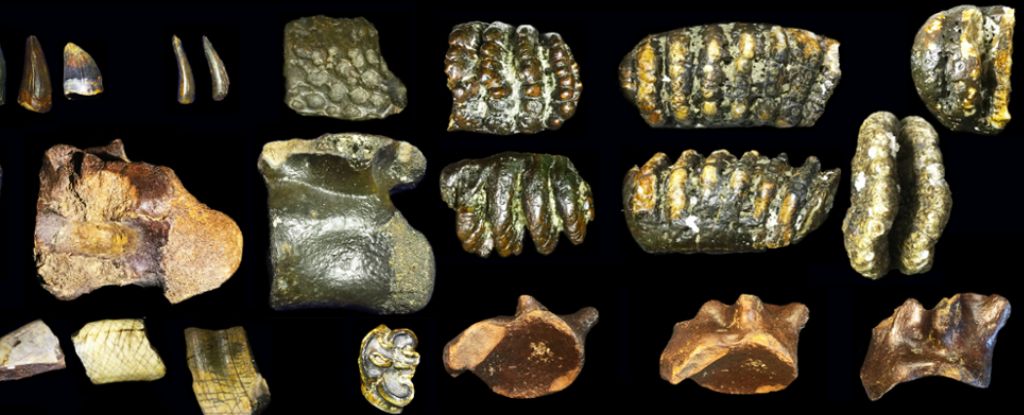Earth news stories
A new, advanced technique for studying fossils has revealed that squids evolved more than 50 million years earlier than previously thought and dominated Earth’s ancient seas. The new study was published in the journal Science.

An obscure rock formation on the eastern shore of Canada’s Hudson Bay may contain the oldest known rocks on Earth, a new study claims. Their findings are published June 26 in the journal Science.

Looking around, you could easily assume this cold and barren high country was too difficult for people to spend time in. But our new research, published today in Nature Human Behaviour, indicates Dargan Shelter was occupied as early as the last Ice Age and repeatedly visited during this cold period.

Scientists are turning to something that’s been quietly fixing nature for billions of years: mushrooms.

With its cold climate, short growing season, and dense forests, Michigan’s Upper Peninsula is known as a challenging place for farming. But a new Dartmouth-led study provides evidence of intensive farming by ancestral Native Americans at the Sixty Islands archaeological site along the Menominee River, making it the most complete ancient agricultural site in the eastern half of the United States. The findings are published in Science.

An elusive fungus capable of generating quantities of a compound used to synthesize the hallucinogen LSD has finally been discovered on the morning glory vine after decades of searching. The research is published in Mycologia.

Gold mining is literally sucking the Amazon rainforest dry, creating an environment where trees cannot grow, according to a new study.
A significant fossil puzzle piece in the evolution of the first vertebrate animals to leave Earth’s ancient seas and walked on land was discovered in Scotland more than 40 years ago. But it has only just been accurately aged—and the results have left palaeontologists stunned. The results are published in the journal PLOS One.

The Vikings did not navigate by map, compass or sextant. Instead, they used “mental maps” where memories and experiences played a crucial role. They also used myths linked to various coastal landmarks. The findings are published in the Journal of Archaeological Method and Theory.

Three scientists in the United Kingdom have modeled the impacts of an icy cometary collision with an Earth-like, tidally locked terrestrial planet…They found even relatively small cometary impacts can significantly disrupt the climate of a terrestrial (Earth-like) tidally locked planet, as well as deliver oxygen to the atmosphere and be a source of an exoplanet’s oceans. Their first of two papers on the topic was published in The Astrophysical Journal.
“The duration of the Marinoan glaciation (4 to 15 million years) currently has 11 million years of uncertainty”, write the authors of the new paper published in the journal Proceedings of the National Academy of Sciences.

This forest-wide phenomenon, detailed today in the journal Royal Society Open Science, reveals a new layer of complexity in plant behaviour. It adds to emerging evidence that plants actively participate in their ecosystems.
Water is critical to life on our planet, but the conventional theory of how it ended up being so abundant on Earth might be completely wrong. The new research is published in the planetary science journal Icarus.

The event that refilled the Mediterranean basin 5m years ago is thought to have been the largest flood in Earth’s history, with water surging through the present-day strait of Gibraltar 1,000 times faster than the Amazon River, filling the basin in just a couple of years. The findings have been published in Scientific Reports.

Extraterrestrial rocks, recently delivered by a space probe, could answer the big questions about alien lifeforms and human existence









